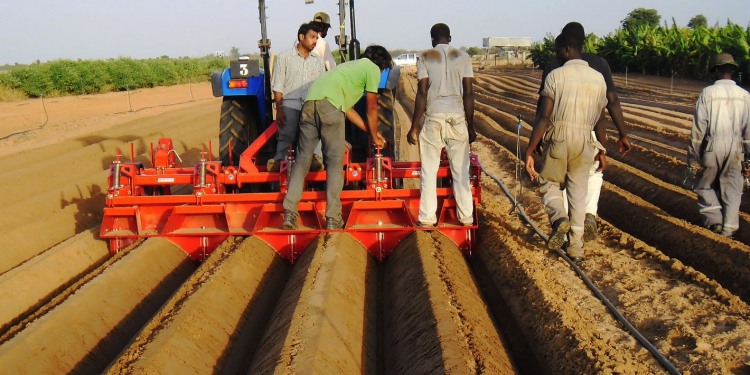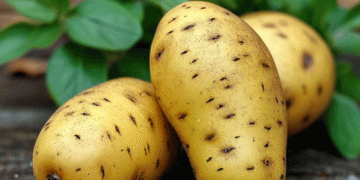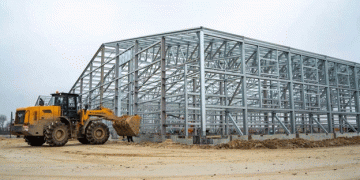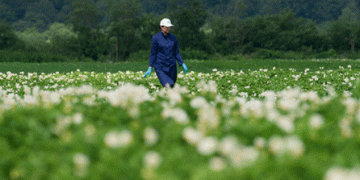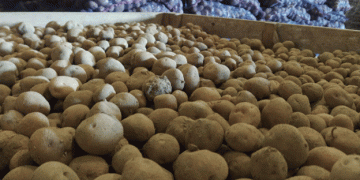To equip farmers with this critical knowledge, at the Isinya forum, farmers were taken through crop husbandry practices that guarantees high yields.
Potato farming has traditionally been done in areas with high rainfall. Farmers in arid and semi arid areas shy away from growing potato crop because they assume it will perform poorly. But interestingly, potatoes can thrive in arid and semi arid areas, if best practice is employed. This was evidenced during farmers field day at Latia Resource Centre in Isinya, Kajiado County, where farmers sampled healthy potatoes that had been grown in the area using irrigation. orien Herweijer, Business Development Manager at Agrico East Africa said the whole idea was to change the mindset of farmers that potatoes cannot do well in dry areas.

- READ MORE
- 1. For quality and maximum yields in potato farming, use of machines key
- 2. Why potato farmers remain dejected lot despite potential
The partners behind the project are Latia Agribusiness Solutions Ltd, Arysta /UPL, Baraka Fertiliser (Toyota Tsusho), Koppert and Potato Services Africa Ltd (Agrico EA). Experts agree that with best practice and proper pest and diseases management, farmers can indeed get more potatoes than areas traditionally with plenty of rainfall.

During the forum, Herweijer observed that they have noted that potato farmers are getting 3 to 4 tonnes per acre which is low. According to her, in order to make good profits, farmers must get more than 10 tonnes of potatoes per acre. “The problem is that most farmers do not have the right information on how to manage their potato farm and get maximum yields,” Herweijer told The Smart Harvest and Technology. To equip farmers with this critical knowledge, at the Isinya forum, farmers were taken through crop husbandry practices that guarantees high yields.
Use certified seeds
First, it starts with the use of certified seeds. Herweijer explained that when one uses quality and certified seeds, they are guaranteed of high yields.
“We also advise farmers not to store seeds for more than five days. Potatoes should not be stored in a space where other potatoes or food stocks, chemicals or fertilisers are kept. The storage space needs to be disinfected prior to use,” said Herweijer, adding that use of clean seeds also prevents fungal infection, especially Late Blight. She also advised farmers to use seeds that can tolerate harsh weather. Ideally, climate tolerant varieties do well in warm temperatures. Permanent water supply for irrigation is an important consideration for farmers in arid areas, because for healthy potato crop, the plant requires a steady supply of water.
For watering needs in arid areas, experts recommend drip irrigation because the plants get water directly to the roots and there is minimal wastage of water. “Using drip irrigation, no water is lost through evaporation and the soil condition stays good,” said Victor Obuchere, Horticulture expert at Latia Resource Centre. He warned that using a different irrigation system such as the sprinkler compacts some soils and oxygen becomes a challenge which in turn makes the potatoes to grow slowly.
Another important consideration in potato farming is soil testing or sampling to check for the nutrients required in the soil. After testing the soil, a farmer will be in a better position to know which fertiliser is needed and in what amount. Sospeter Muturi, from Baraka Fertiliser noted that conventional fertilisers are no longer helpful to farmers in achieving maximum production.
The solution he said, is for farmers to move to more innovative durable fertilisers. “We have fertilisers that are specific to certain crops. They are developed in Kenya and suit our soils,” he said. For high yields, farmers are also advised to check the pH level of their farm, because it determines the success of the harvest.
Crop rotation
Obuchere also warned that potatoes are prone to attacks by various potato diseases and pests. “Potatoes germinate in two weeks, and you start spraying immediately to prevent disease attacks,” he said. He also advised farmers to practice crop rotation to reduce attacks from nematodes.
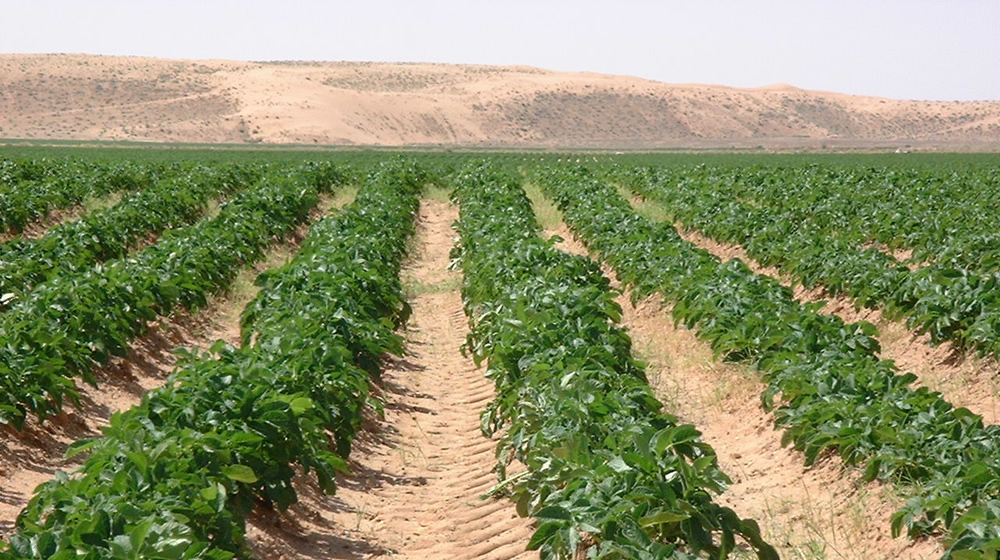
Charles Macharia horticulture expert and General Manager Koppert Biological Systems said potatoes planted in dry areas have potential to thrive well. “In warm and low altitudes, potatoes are less exposed to diseases compared to those grown in areas with plenty of rainfall,” said Macharia.
